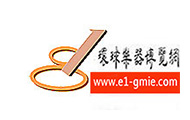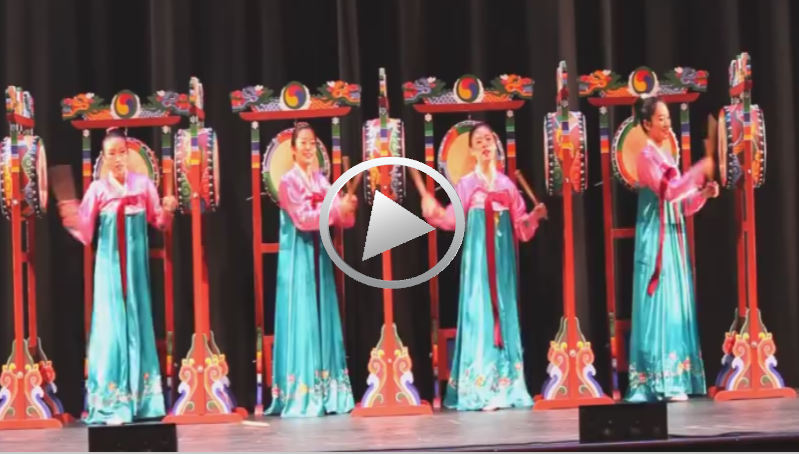伽倻琴
拨奏弦鸣乐器。历史远久,因流行于朝鲜半岛古代新罗南方的伽倻国故名。史籍也称“新罗琴”。日本奈良正仓所院藏两架“新罗琴”是公元八世纪的制品。一般认为伽倻琴由中国筝演变而来。宋代曾译作“嘉配琴”,1081年,高丽国使节曾带这种乐器向宋朝廷进献。
现在是朝鲜和韩国最有代表性的民族乐器之一。十九世纪末成为我国朝鲜族的民间乐器。伽倻琴的结构和发音原理与筝相同,张有十二根弦,音域为:g1~d2。左手的演奏手法与筝的吟-滑音相近,右手弹奏时不用指甲,用指尖肉拨奏(左手弹奏亦然),音色柔和-苍实。
二十世纪六十年代后,我国朝鲜族的伽倻琴弦数增加为十三至十八根,中央民族歌舞团则把弦增加为二十一根,并采用七声音阶定弦,丰富了这一乐器的表现力。
iction chordaphone. The 12-string plucked long zither is a typical Korean instrument. The name kaya came from an ancient south Korea tribal league, and gum means “string instrument”. The two kayako kept in the Shosoin Imperial Repository, Nara, Japan, are products of the eighth century. It is believed that this instrument evolved from Chinese zheng zither. In the year of 1081, the kayago was a tribute from the Korean envoy to the court of the Song Dynasty (960-1279). Since the 19th century, it became an instrument of Chinese Korean minority people with strings from 13 to 18, and at last 21 in heptatonic tuning.
The kayako, with a range of g1~d2 , is played in the way of trill and glissando for left hand, similar to those of the Chinese zheng zither, and no fingernails for both hands, which gives a soft but forceful effect in tone color.
未经允许不得转载:環球樂器博览网 » 伽倻琴 Kayago or Kayagum: Twelve-Stringed Zither
 環球樂器博览网
環球樂器博览网


评论前必须登录!
登陆 注册